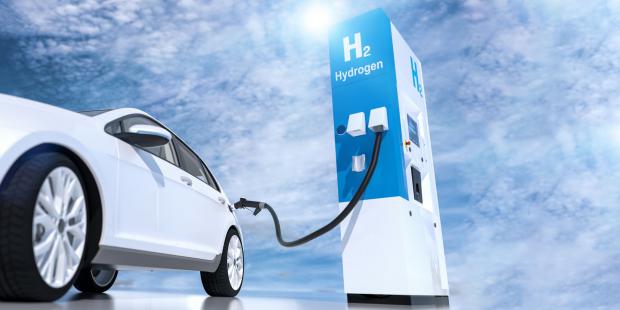
Breaking News
 Third Time's The Charm: SpaceX Starship Megarocket Blasts Off From Starbase
Third Time's The Charm: SpaceX Starship Megarocket Blasts Off From Starbase
 First Ever: Technocracy Roundtable Streaming Today
First Ever: Technocracy Roundtable Streaming Today
 Comcast Network Horror: Summer Ratings Crash 49%, Advertisers In Major Bind
Comcast Network Horror: Summer Ratings Crash 49%, Advertisers In Major Bind
Top Tech News
 Magnetic Fields Reshape the Movement of Sound Waves in a Stunning Discovery
Magnetic Fields Reshape the Movement of Sound Waves in a Stunning Discovery
 There are studies that have shown that there is a peptide that can completely regenerate nerves
There are studies that have shown that there is a peptide that can completely regenerate nerves
 Swedish startup unveils Starlink alternative - that Musk can't switch off
Swedish startup unveils Starlink alternative - that Musk can't switch off
 Video Games At 30,000 Feet? Starlink's Airline Rollout Is Making It Reality
Video Games At 30,000 Feet? Starlink's Airline Rollout Is Making It Reality
 Automating Pregnancy through Robot Surrogates
Automating Pregnancy through Robot Surrogates
 SpaceX launches Space Force's X-37B space plane on 8th mystery mission (video)
SpaceX launches Space Force's X-37B space plane on 8th mystery mission (video)
 This New Bionic Knee Is Changing the Game for Lower Leg Amputees
This New Bionic Knee Is Changing the Game for Lower Leg Amputees
 Grok 4 Vending Machine Win, Stealth Grok 4 coding Leading to Possible AGI with Grok 5
Grok 4 Vending Machine Win, Stealth Grok 4 coding Leading to Possible AGI with Grok 5
A Big Step Towards Hydrogen Fuel Out of Thin Air--Just Like a Plant

Chemical engineer Kevin Sivula and his team have made a significant step towards bringing this vision closer to reality by developing an ingenious yet simple system.
It combines semiconductor-based technology with novel electrodes that have two key characteristics: they are porous, to maximize contact with water in the air; and transparent, to maximize sunlight exposure of the semiconductor coating.
When the device is simply exposed to sunlight, it takes water from the air and produces hydrogen gas, which can then be injected into trucks, trains, or planes with hydrogen fuel cell batteries for green combustion.
In their research for renewable fossil-free fuels, engineers at the Federal Polytechnic School at Lausanne, in collaboration with Toyota Motor Europe, took inspiration from the way plants are able to convert sunlight into chemical energy using carbon dioxide from the air.
A plant essentially harvests carbon dioxide and water from its environment, and with the extra boost of energy from sunlight, can transform these molecules into sugars and starches, a process known as photosynthesis.
"Developing our prototype device was challenging since transparent gas-diffusion electrodes have not been previously demonstrated, and we had to develop new procedures for each step," said Marina Caretti, lead author of the work.
"However, since each step is relatively simple and scalable, I think that our approach will open new horizons for a wide range of applications starting from gas diffusion substrates for solar-driven hydrogen production."
Coating a silicon oxide felt wafer with a transparent thin film of fluorine-doped tin oxide, resulted in a a transparent, porous, and conducting wafer, essential for maximizing contact with the water molecules in the air and letting photons through. A second transparent coating of semiconductor materials absorbs sunlight, and completes the process.

 CODEX 9/11
CODEX 9/11  HERE COMES THE MOTHERSHIP
HERE COMES THE MOTHERSHIP Venus Aerospace Hypersonic Engine Breakthroughs
Venus Aerospace Hypersonic Engine Breakthroughs

